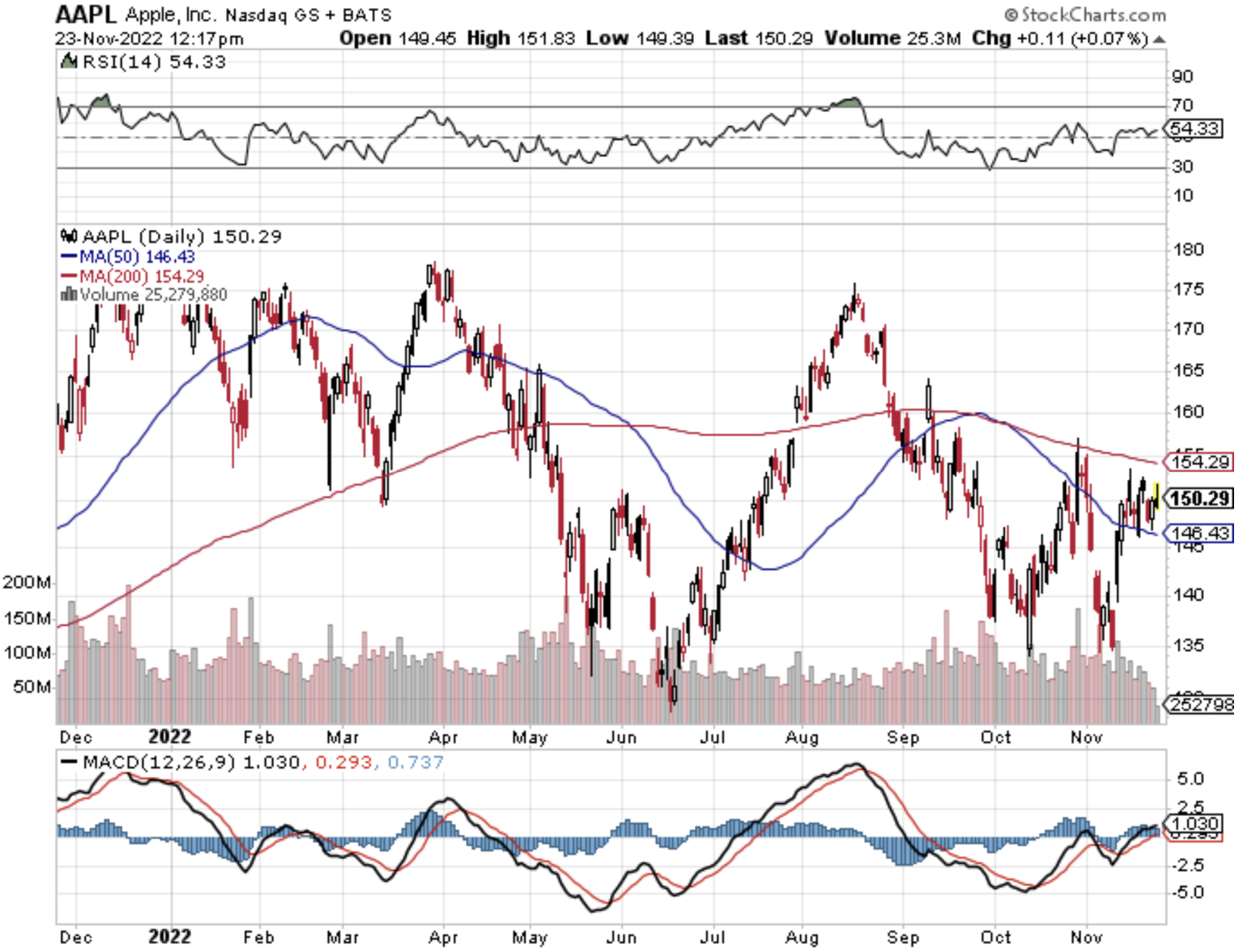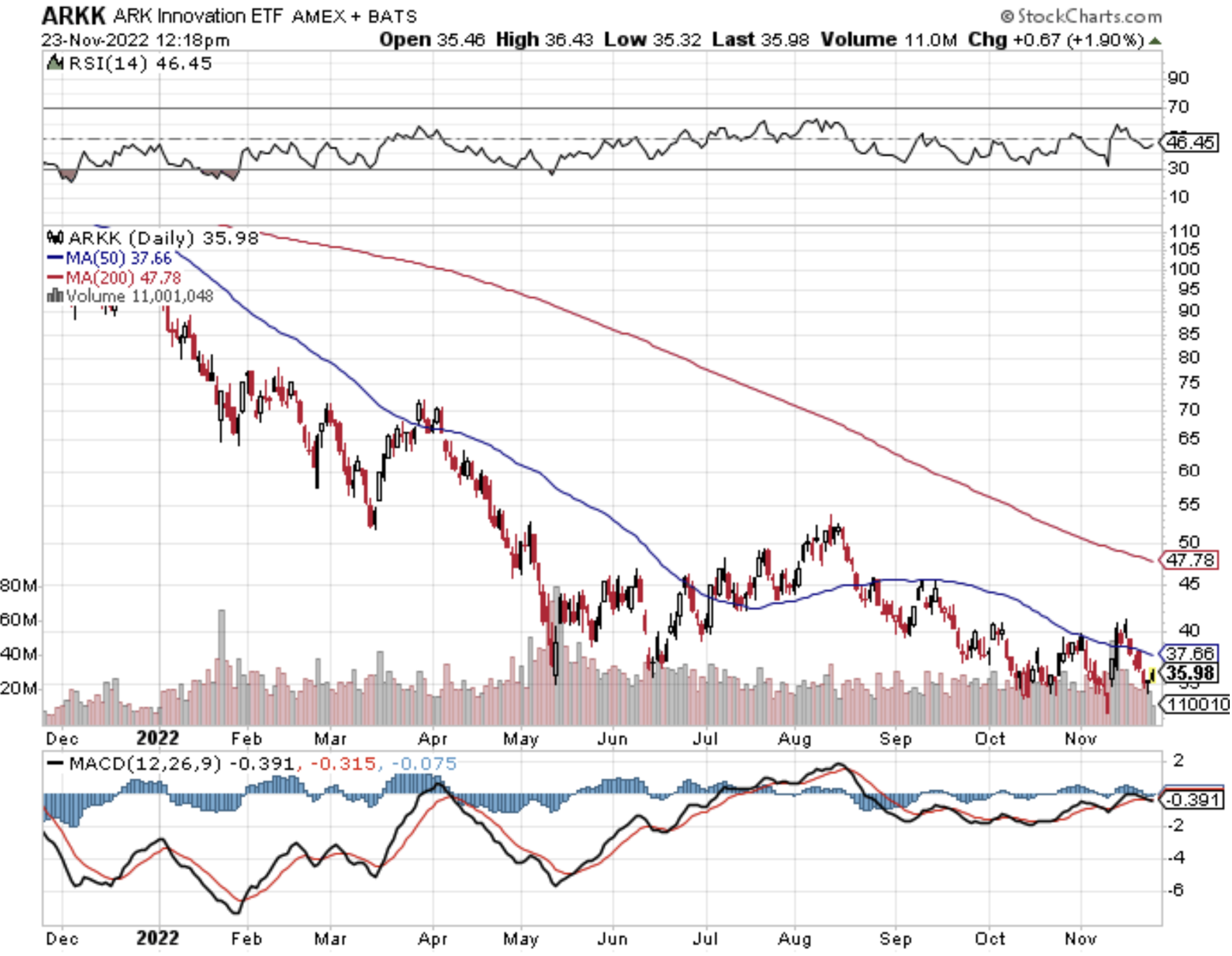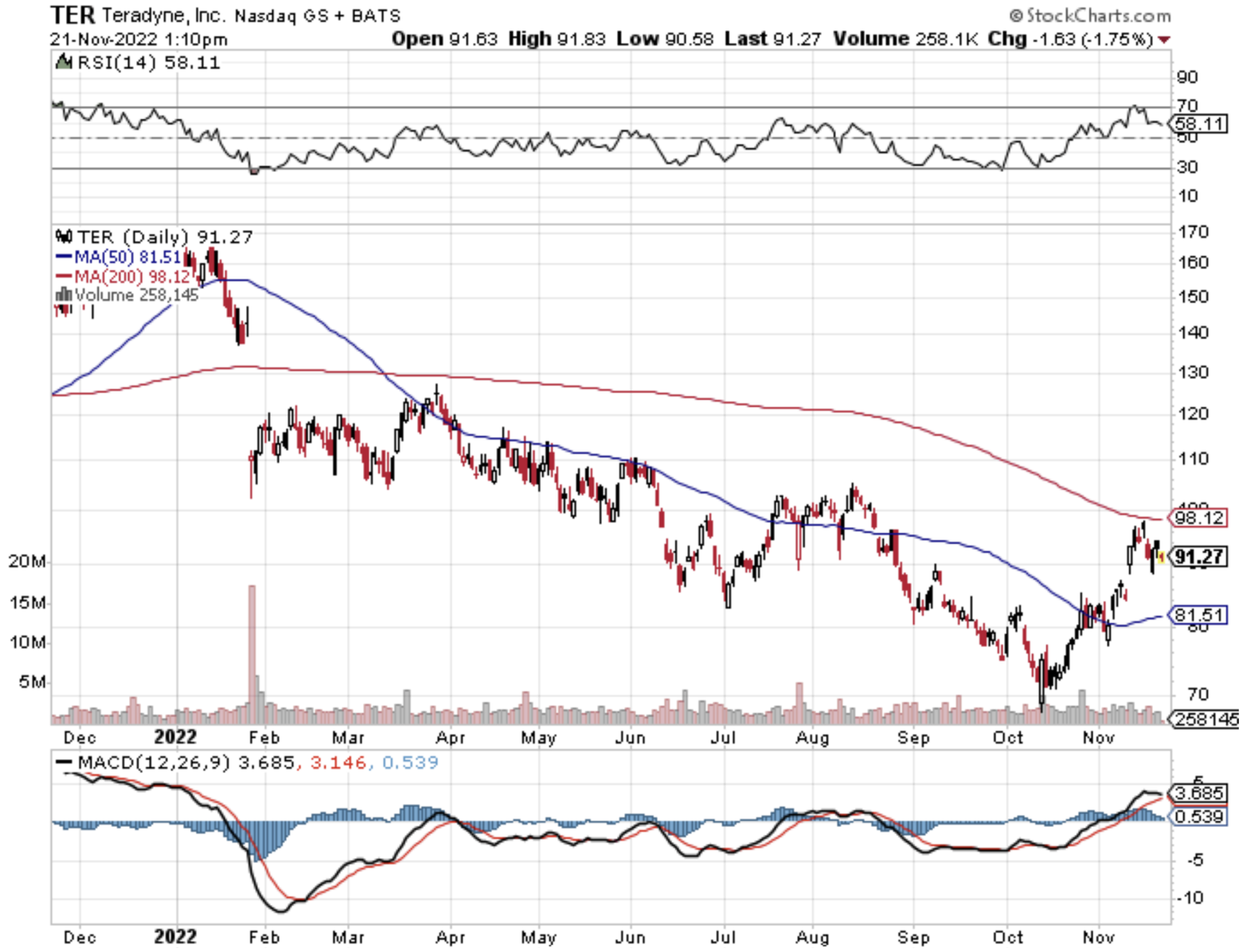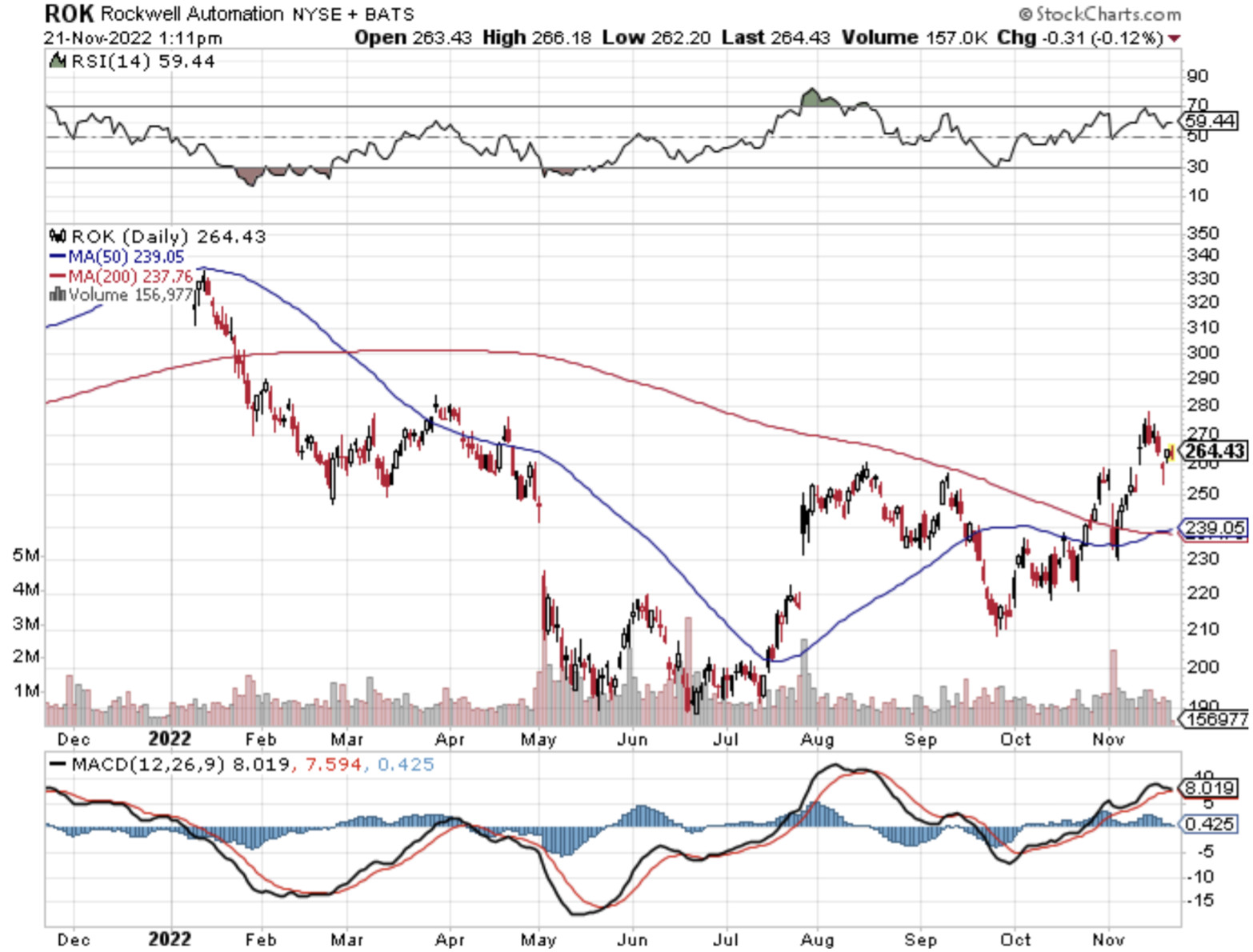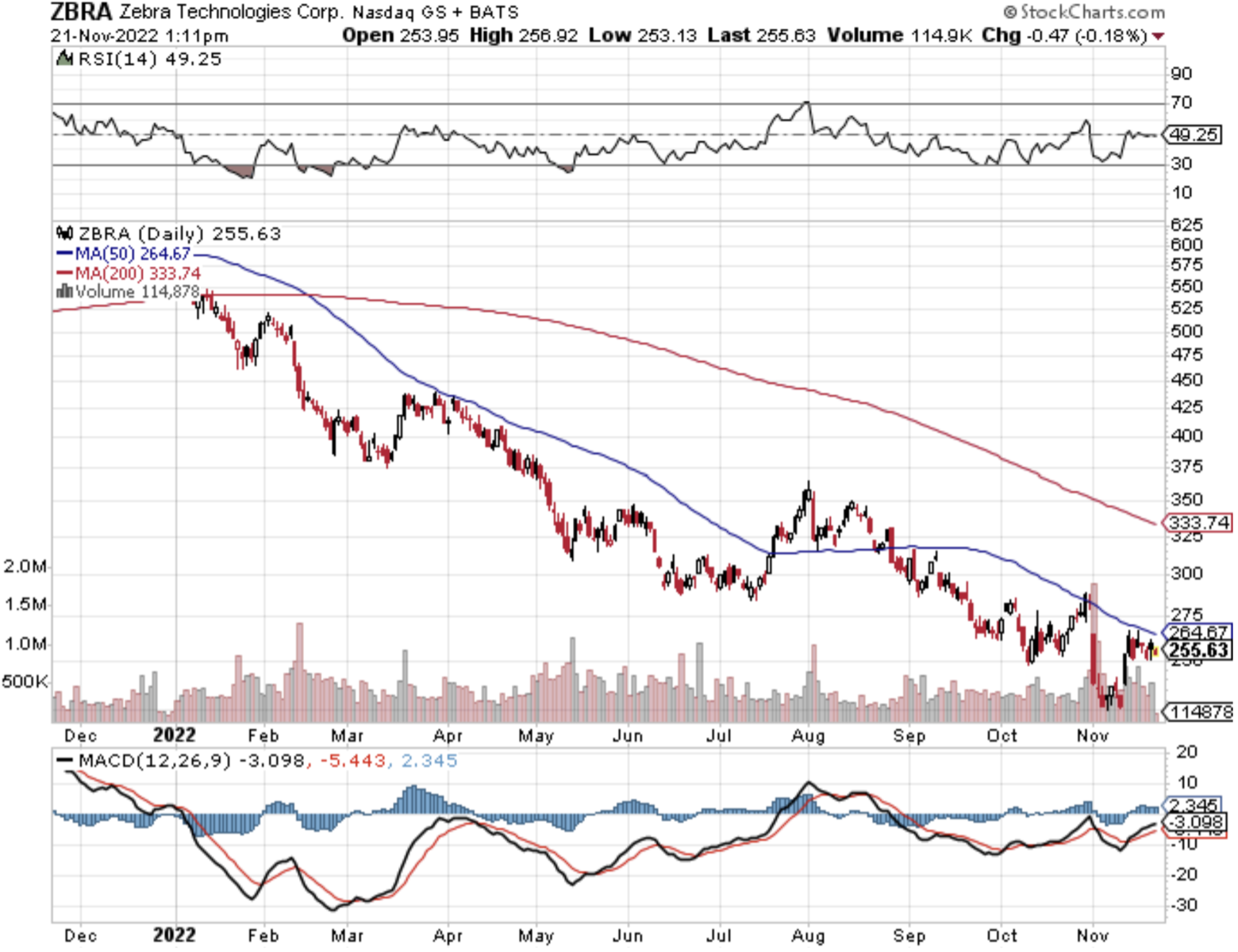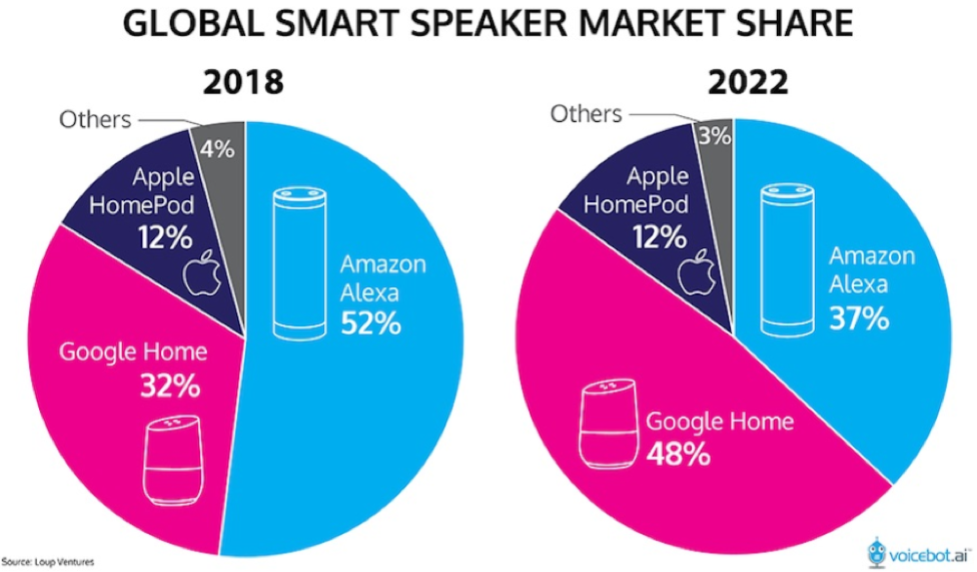I’m not saying all tech “gurus” are that brain-dead and I’m not saying that all tech companies are that bad, but tech is operating in a middle ground right now between good and bad.
That’s really where we are for tech stocks.
Cathy Wood has reiterated her $1 million per Bitcoin price target for 2030. If you don’t remember who Wood is, she is the tech growth evangelist that presides over a popular tech ETF called ARKK, and the only reason she gets these funds to invest is because of the high inflows of retail investors believing her fantasies like buying Coinbase after systemic risk to crypto increasing wildly.
Betting the farm right now on tech is not the right thing to do.
Tech was supposed to outperform easily, heading into the December 13th CPI report that records inflation, precisely because inflation was the number one risk to the tech market and inflation was creeping lower.
However, arbitrary lockdowns in China have accelerated and the recent weakness in technology stocks implies a global growth scare with reports today of Chinese workers violently protesting at Apple’s main iPhone factory run by Foxconn in Henan province, China.
The global growth scare has frightened off tech investors in the short term.
American tech companies benefit disproportionally globally to other domestic American companies and what goes on outside national borders is completely relevant to the sentiment of Silicon Valley tech stocks.
We are in a weird middle ground where a global growth scare has bolted to the fore, but high inflation is still a wrecking ball to many economies and is slightly ticking down.
In this type of gridlock narrative, the US Central Bank cannot start easing because the economy isn’t weak enough to “save.”
Then to cap it off, to lower rates, the US really needs a recession and while tech has suffered 100s of thousands of job losses so far, the broader economy is holding up quite well, even with a stealth tax called inflation on consumers, and incremental growth is expected for not only the United States in 2023 but the whole world.
The latest OECD report foresees U.S. inflation remaining well above the Fed’s 2% annual target next year and into 2024.
The OECD’s forecast for the 19 European countries expects the eurozone to collectively manage just 0.5% growth next year before accelerating slightly to 1.4% in 2024.
The OECD expects the United States, the world’s largest economy, to grow just 1.8% this year (down drastically from 5.9% in 2021), 0.5% in 2023, and 1% in 2024.
This spells out to me that not much will radically change from 2022.
Barely scraping along and avoiding a recession means that the Fed won’t have a license to suddenly pivot.
That means there will be a delay in introducing meaningful easing and by that, I mean half-point or full-point rate cuts perhaps to the end of 2023 and maybe even 2024.
I believe we are range bound with tech stocks rallying on perceived pivot front-running.
However, any rally will come down to earth with tech earnings decelerating and growth scares occurring periodically.
In short, we are losing precious time for the last gangbuster rally into year-end for tech shares, and it is increasingly probable that the “year-end rally” already took place.
We need a capitulation for things to pick up steam and that obviously won’t happen when Cathy Wood is screaming for $1 million per Bitcoin in the tech sector.
We need to flush out the weak hands first and she’s next on the list after the crypto implosion.

